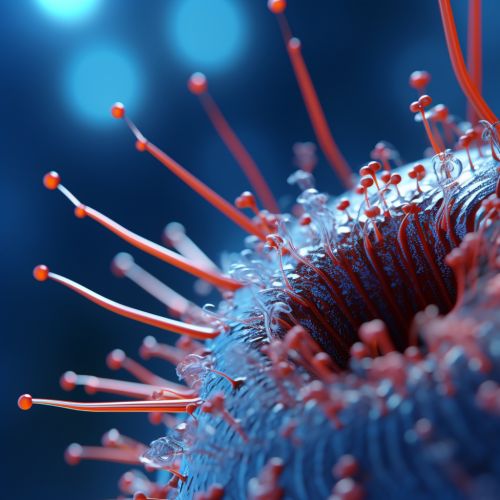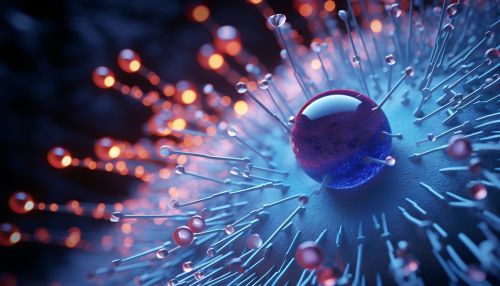Viral Spike Proteins
Introduction
Viral spike proteins are a type of viral protein that play a crucial role in the process of viral infection. These proteins are found on the surface of many viruses, including the coronavirus family, influenza virus, and HIV. They are responsible for binding to host cell receptors and facilitating viral entry into the cell, making them a key target for vaccine development and antiviral therapy.


Structure and Function
Viral spike proteins are typically composed of two functional subunits: the S1 subunit, responsible for binding to the host cell receptor, and the S2 subunit, which facilitates the fusion of the viral and host cell membranes. The exact structure and function of these proteins can vary significantly between different types of viruses, but they all serve the same basic purpose of enabling the virus to enter host cells.
The structure of spike proteins is complex and highly specialized. They are typically trimeric, meaning they are composed of three identical protein subunits. Each of these subunits contains a receptor-binding domain (RBD) that can recognize and bind to specific receptors on the surface of host cells. This binding process is often a key determinant of the host range and tissue tropism of a virus, meaning it can influence which species and types of cells a virus can infect.
Role in Viral Infection
The process of viral infection begins when a virus particle, or virion, comes into contact with a potential host cell. The spike proteins on the surface of the virion bind to specific receptors on the cell surface, a process known as viral attachment. This binding process is highly specific, and the exact receptors recognized can vary between different viruses and even between different strains of the same virus.
Following attachment, the spike protein undergoes a structural change, or conformational shift, that allows it to fuse the viral and host cell membranes together. This fusion process allows the viral genome to be released into the host cell, where it can then be replicated and transcribed to produce new virus particles.
Role in Immune Response and Vaccine Development
Because spike proteins are found on the surface of virus particles and play such a crucial role in the process of infection, they are a key target for the immune response. Antibodies produced by the immune system can bind to spike proteins and prevent them from binding to host cell receptors, effectively neutralizing the virus and preventing infection.
This property of spike proteins also makes them a prime target for vaccine development. Many vaccines work by introducing a harmless version of a virus or a piece of a virus into the body, allowing the immune system to recognize and respond to it without causing disease. By including spike proteins or parts of spike proteins in a vaccine, it is possible to stimulate an immune response that specifically targets these proteins, providing immunity against future infection.
